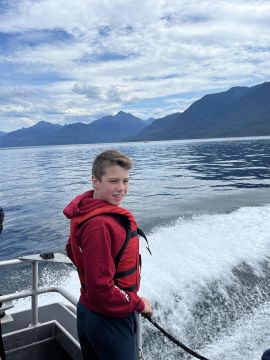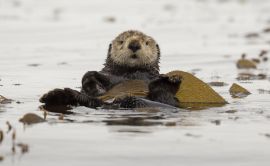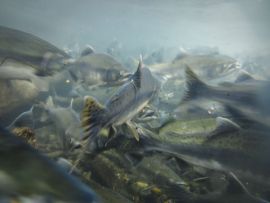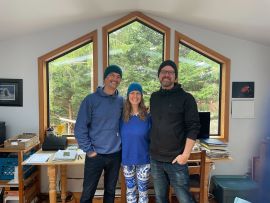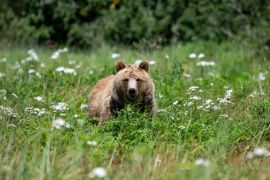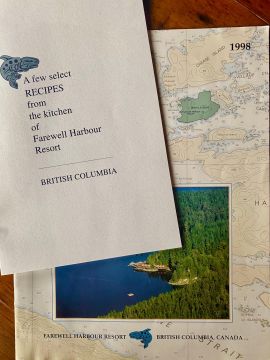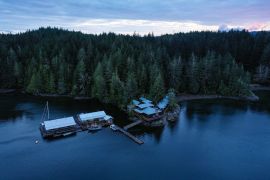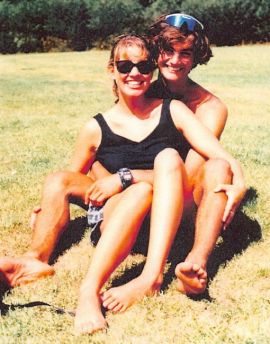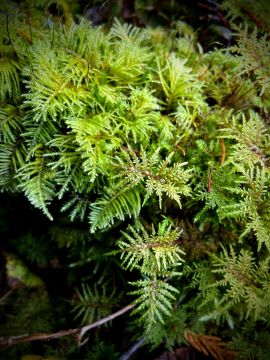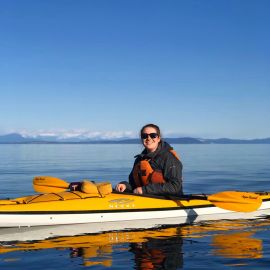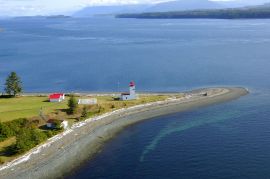Top Tips for Photography at Farewell Harbour
By the professionals...
We are privileged here at Farewell Harbour Lodge to be surrounded by so much natural beauty! Everywhere you turn there are jaw dropping views and if you are lucky you may experience once in a lifetime moments with the wilderness of Canada. The majority of our guests arrive with certain images in mind they wish to capture and are often overwhelmed by so many more they didn't expect. We spoke to some of our friends (who also happen to do this for a living) to get their top photography tips that may help next time you are out in the wilderness.Nick Quenville
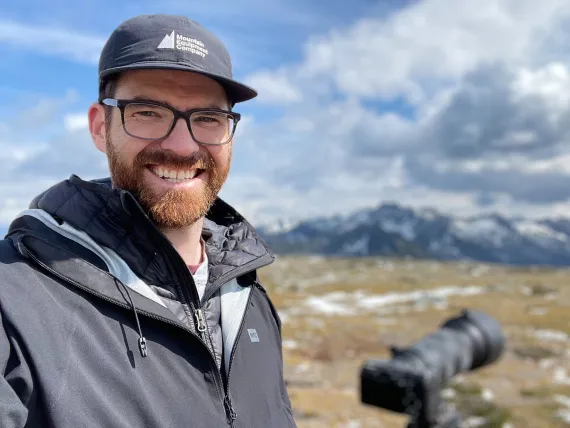
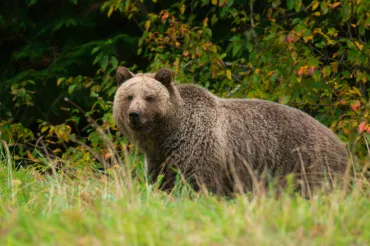
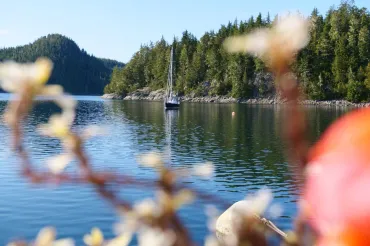
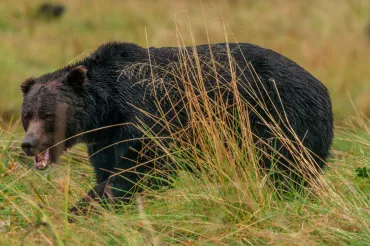
Nick's Top Tips
- Be mobile, pack light, be ready! Farewell Harbour’s bear viewing tours mainly take place on foot, which means in all likelihood you’re going to do some hiking and you never know when a bear might present itself. Keep your camera handy, get yourself a chest or hip harness that allows you to stay mobile and keep that camera available. If you’re lucky enough to own a big 600mm lens, I suggest bringing a monopod (they also make wonderful walking-sticks for your hike).
- What is a photo without a great story? At Farewell Harbour Lodge, your guides are extremely knowledgeable and have worked very hard to get to know the individual animals that you will encounter during your trip. Whether it’s knowing the pod of Orcas whose conversation you’re listening to over a hydrophone, or the story of the mother Grizzly that just wandered out from the tree line – these animals are more than a great image and including their story with your photo will help elevate the importance of your work and captivate your audience.
- Don’t forget to capture photos of the environment that you are exploring, it’s not just about the close up. As a wildlife photographer, it's easy to get 'Megafauna tunnel vision', but it’s important that you take the time to really soak in the journey. During your stay at Farewell Harbour Lodge, you will be exploring remote river systems, beautiful ancient forests, and pristine estuaries that are as rare as the wildlife you’re hoping to photograph. Capture the world around you, from the incredible mountain peaks to the mossy floor teaming with life at your feet – capture it all!
- Give your photos texture, give them depth, don’t be afraid to put a little foreground in your photos. Whether it’s the grass in the estuary or fallen trees along the river, layer your photos from the foreground to the background. Amateur photographers are often so desperate for the clean shot of their subject, that their photos look stiff and lack life. If it’s raining or there’s a little branch or bush in the way, embrace it.
- Most importantly, put down the camera for a second and be present. You will kick yourself till the end of your days, if the only way you experienced this incredible place was behind a few layers of glass. Share the moment with the people standing beside you, not just your Instagram followers back home.
Lisa Michele Burns
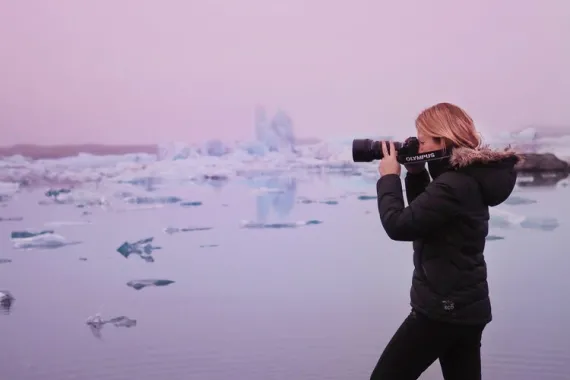
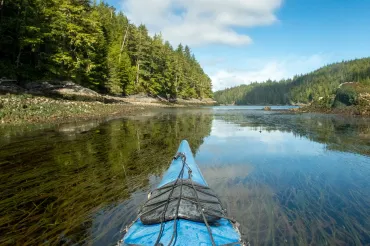
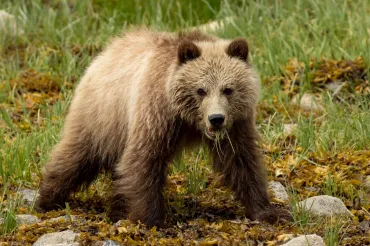
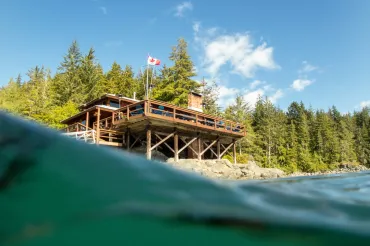
Lisa's Top Tips
- When photographing the abundance of wildlife surrounding Farewell Harbour Lodge, be sure to incorporate the scenery into your images. Using a wide aperture will help you create foreground blur of things like water and trees to create a colourful frame around your main focus, the beautiful bears or whales.
- The lush colours found throughout the landscapes surrounding Farewell Harbour Lodge can be captured creatively using ICM (Intentional Camera Movement). As you’re cruising in the boat, select a slower shutter speed and let the movement flow through your image. The deep blues of the channels work beautifully for this and if you’re keen to get sharper images without any blur, select a fast shutter speed and look for patterns within the scene or how the light is falling across the water surface.
- Be sure to pack a zoom lens for the adventures so you can capture closer portrait images of wildlife. Having a zoom lens will ensure you have a front row seat to watch their behaviour through the viewfinder and you’ll also be able to photograph their movements, expressions and wanderings more creatively. Opt for a focal length of 150mm at least to capture beautiful images from the boat or land.
- Because some wildlife encounters may be quite fleeting, it’s worth practicing photographing birds or other moving species before arriving. This will give you the best chance of taking the best images while exploring the natural wonders of Farewell Harbour Lodge. Getting comfortable with your camera equipment before arriving is essential to not only capturing great images during your stay, but also in allowing yourself to enjoy the moment too without worrying about which settings or lens to use.
- Keep your eyes out for the golden glow of sunrise and be sure to have your camera ready for sunset on the deck. You could get lucky and see fog floating across the bay or see the sky light up as you watch the sunset to the west. By opting for a cloudy white balance setting you'll enhance the warmer tones of your image and let those beautiful sunrise or sunset hues shine in your photos.
Ryan Tidman
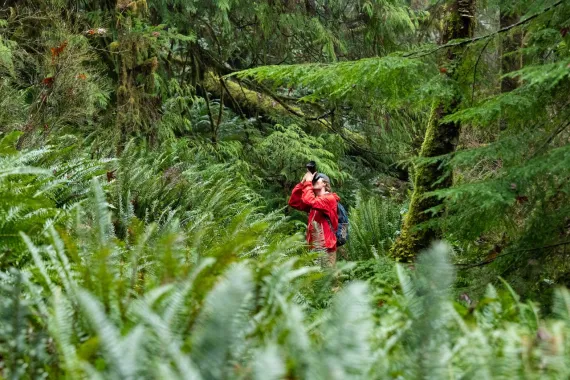
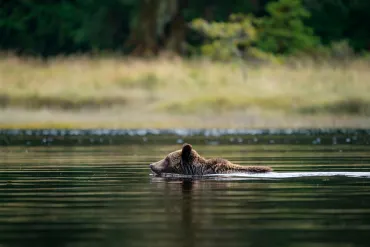
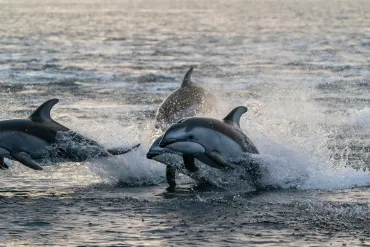
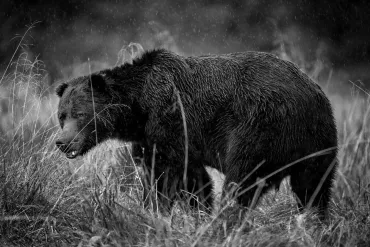
Ryan's Top Tips
- Make the most of the weather, even when it isn't cooperating, try and make the most of it. It would be strange if you only captured photographs of the wildlife in full sun while they inhabit a temperate rainforest. If it is raining try and capture your subject in its proper natural environment.
- Make the most of the light, utilize the soft morning light or the evening glow wherever you may be.
- You are in a rainforest, while you would of course bring a raincoat and pants for yourself it might be worth investing in a rain cover for your camera and lens. Desiccants work well for ensuring moisture in your camera bag stays at a minimum.
A huge thank you to Nick, Lisa and Ryan for their time and help and we hope this gives you some great insight into what to expect when photographing in the wilderness of Canada.
-- By Rebecca Crilly












